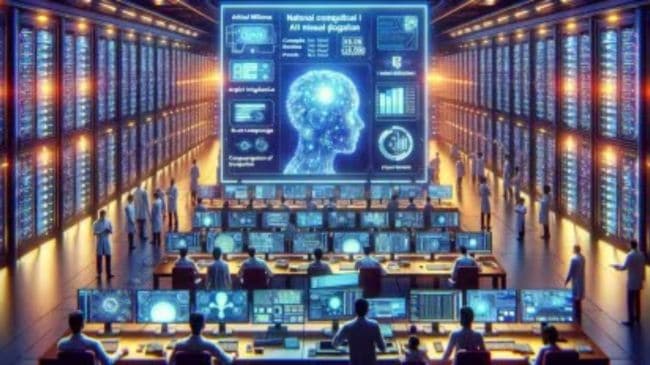Introduction:
In today’s technologically advanced world, both neural networks and edge computing have gained significant attention for their ability to enhance performance in various domains. Neural networks, inspired by the human brain’s functionality, excel at processing complex data patterns and making intelligent decisions. On the other hand, edge computing focuses on bringing computing power closer to the data source to reduce latency and improve efficiency. When combined, these two technologies offer a powerful solution for real-time applications, IoT devices, and autonomous systems. This article dives into the details of neural networks and edge computing and explores their collaboration to achieve optimal results.
Understanding Neural Networks:
Neural networks, also known as artificial neural networks (ANNs) or deep learning models, are computational systems designed to mimic the functioning of the human brain. They consist of interconnected nodes, or artificial neurons, organized in layers. These networks learn by recognizing patterns and relationships within the input data and use this knowledge to make predictions or classify new instances. With their ability to handle large amounts of data and learn from it, neural networks have proven to be powerful tools in solving complex tasks such as image recognition, natural language processing, and autonomous driving.
Overview of Edge Computing:
Edge computing, in contrast to traditional cloud computing, focuses on processing data closer to its source, at the edge of the network. By utilizing compute resources at the network’s edge, edge computing reduces latency and minimizes the amount of data that needs to be transferred to the cloud or central data centers. This approach is particularly beneficial for time-sensitive applications, IoT devices with limited connectivity, and systems requiring real-time processing. Edge computing enables faster response times, improved efficiency, and enhanced privacy and security.
The Synergy between Neural Networks and Edge Computing:
The combination of neural networks and edge computing brings several advantages and opportunities for various industries:
1. Reduced Latency: By deploying neural networks at the edge, data processing occurs closer to the data source, minimizing latency. This is crucial for industries like autonomous driving, where real-time decision-making is of utmost importance.
2. Enhanced Privacy and Security: Edge computing ensures that sensitive data is processed locally, reducing the risk of data breaches. With neural networks deployed on the edge, data can be processed without being sent to a remote server, adding an extra layer of privacy and security.
3. Bandwidth Optimization: Neural networks are computationally intensive, requiring significant amounts of data to be transferred. By utilizing edge computing, only relevant data or summarized results are sent to the cloud, optimizing bandwidth usage and reducing network congestion.
4. Real-Time Predictions: The collaboration between neural networks and edge computing enables real-time predictions and decision-making. Applications like smart healthcare monitoring can leverage this technology to provide immediate assistance and intervention based on continuous data analysis.
5. Edge-to-Cloud Collaboration: While edge computing excels at local data processing, it can also collaborate with cloud-based neural networks. The edge devices can perform initial processing and pre-filtering before forwarding critical information to the cloud for further analysis, combining the benefits of both technologies.
Conclusion:
Neural networks and edge computing present a powerful collaboration that enhances performance and addresses the challenges of real-time data processing in various applications. With reduced latency, enhanced privacy and security, bandwidth optimization, and real-time capabilities, this synergy has the potential to revolutionize industries ranging from autonomous systems to IoT devices. As technology continues to advance, exploring the possibilities of this combination will undoubtedly lead to further innovation and optimization.









Leave a Reply